Last updated on February 28, 2024

Combat Professor | Illustration by Andrey Kuzinskiy
Magic is one of the easiest games to pick up and learn, but it's also one of the most complicated in terms of rules and interactions, especially the rules for combat. You know creatures can attack and block and they deal damage to each other, but what exactly is happening there? How does the game handle combat damage, and how does combat damage work with other abilities?
Today I’ll be flexing my L1 Judge muscles to break down everything you need to know about combat damage and get you more comfortable with one of the most important parts of the game.
Ready? Let’s get started!
What Is Combat Damage?
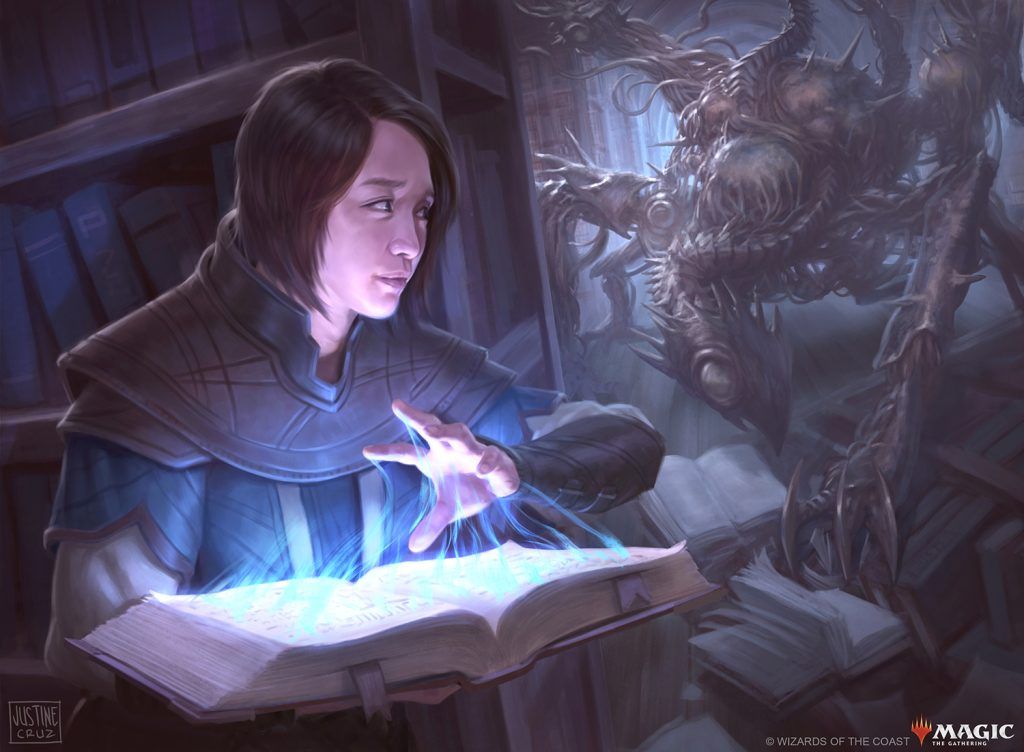
Combat Research | Illustration by Justine Cruz
Here’s your golden rule for understanding what is and is not combat damage: if you’re not in the damage step, it’s not combat damage.
Combat damage is damage dealt by an attacking or blocking creature to another source. This only applies to damage dealt during the “damage step” and doesn’t include damage dealt by abilities like those seen on Prodigal Pyromancer.
Combat Damage Step vs. Combat Damage
The damage step takes place during combat after attackers and blockers have both been declared. The game proceeds to the damage step once the defending player makes their blocks and both players pass priority, where combat damage is calculated.
It’s important to know that neither player receives priority during the combat damage step, so neither player can cast instants or activate abilities once you’re there. Your last chance to do so before creatures deal damage is the declare blockers step.
How Does Combat Damage Work?
If an attacking creature wasn’t blocked, it deals damage equal to its power to whichever player or planeswalker it attacked. If it was blocked, it deals that damage to the blocking creature instead.
How is Combat Damage Calculated?
Combat damage is calculated based on the power of the creatures in combat. Whether attacking or blocking, a creature’s power is the amount of damage it deals.
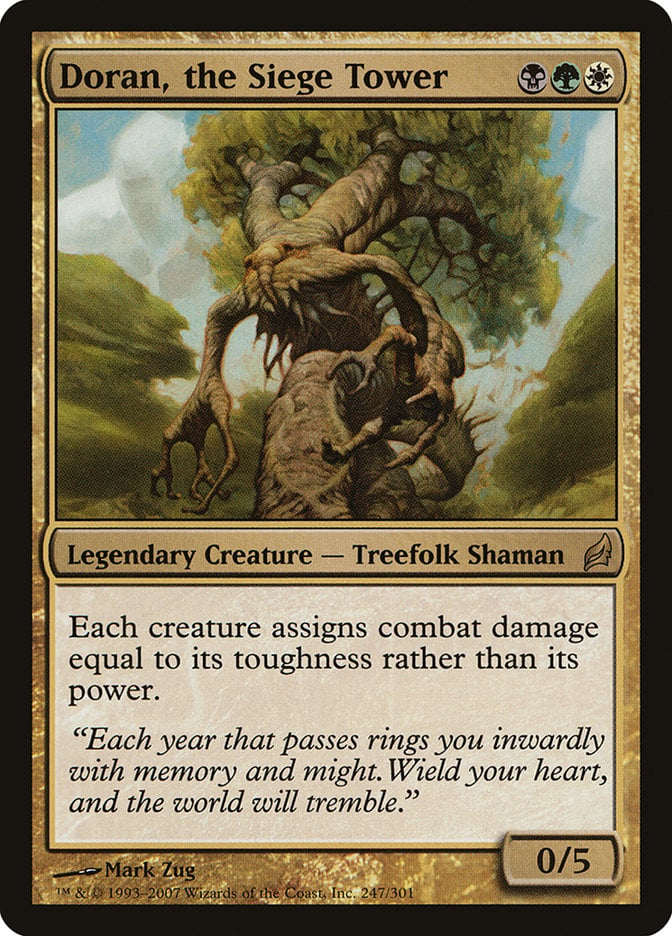
There are some edge-cases where a card can change how combat damage is calculated. For example, Doran, the Siege Tower tells you to use toughness instead of power to determine how much damage a creature deals. These types of effects won’t come up too often, but they can change the way combat damage is calculated.
How Do You Resolve Combat Damage?
Once blocks have been declared and players enter the damage step, all creatures deal combat damage simultaneously. Immediately after, any creatures that took damage equal to or greater than their toughness die and are put in their owner’s graveyards.
Combat damage doesn’t use the stack and can’t be responded to. This wasn’t always true. There was a time where the stack was involved in damage and lead to some interesting interactions. But “damage on the stack” was removed with the release of Magic 2010.
What Is Non-Combat Damage?
If damage is dealt outside of the combat damage step it’s considered non-combat damage. While combat damage is always dealt by creatures, non-combat damage can come from creature or non-creature sources.
The damage dealt by Lightning Bolt is considered non-combat damage, and both the ETB and channel abilities on Twinshot Sniper deal non-combat damage.
Even if an ability references a creature’s power as a source of damage, it’s still considered non-combat damage. Examples include damage-dealing spells like Master's Rebuke and Chandra's Ignition.
Does Blocking Count as Combat Damage?
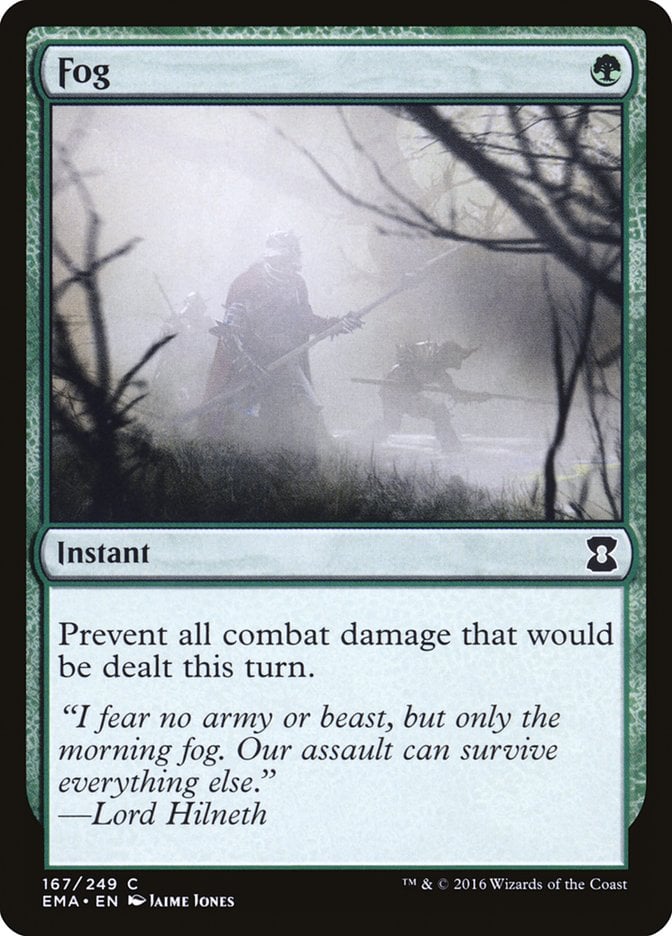
Yes. Blocking creatures deal combat damage during the damage step at the same time that attacking creatures deal their damage. A damage prevention effect like Fog prevents damage from attacking and blocking creatures.
Is Combat Damage Dealt at the Same Time?
All combat damage is dealt with simultaneously. Damage dealt to attackers, blockers, planeswalkers, and players all happen at the same time. This is true in multiplayer formats like Commander as well, where all opponents being attacked take damage at the same time. The only exception involves creatures with first strike or double strike.
Creatures with first strike deal combat damage first, after which all remaining attackers and blockers deal damage. Creatures with double strike work the same way, but they deal damage a second time when the remaining creatures deal damage.
Does 0 Count as Combat Damage?
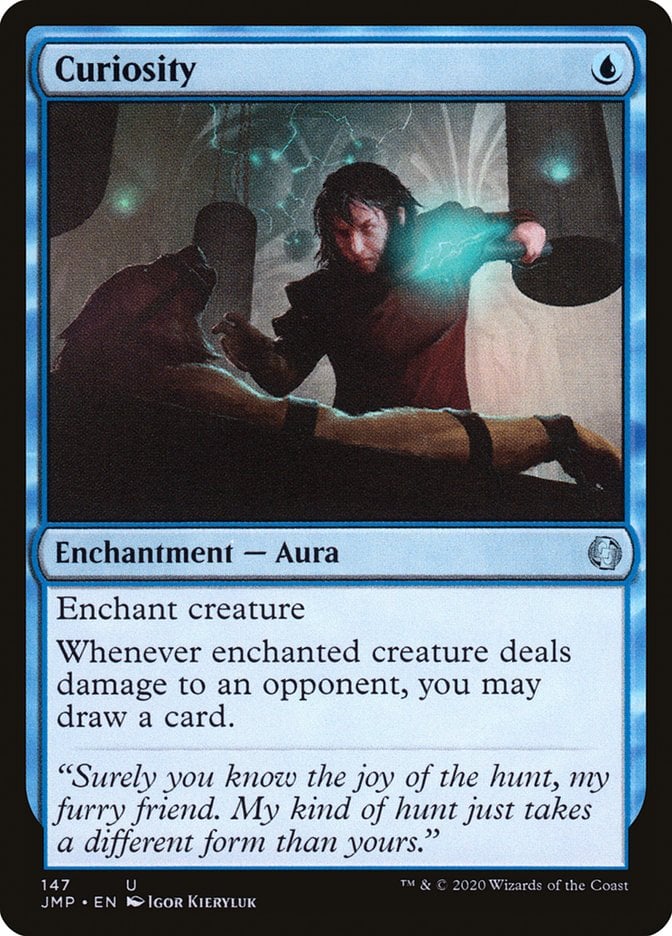
A creature with 0 or negative power deals no damage during the damage step. If you put Curiosity on your 0-power creature, for example, you won’t draw any cards in combat whether the creature goes unblocked or not.
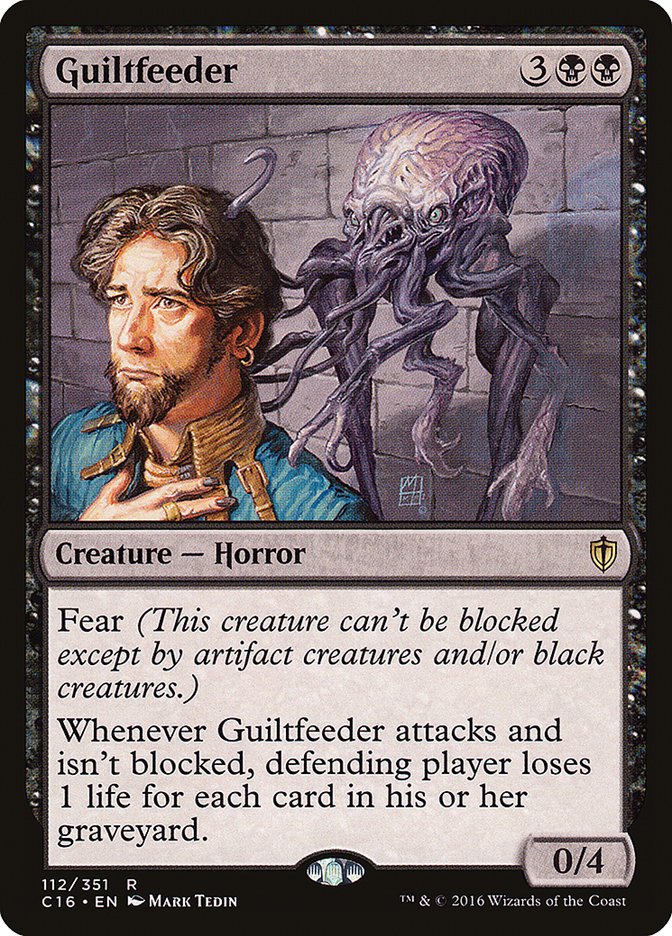
Some 0-power creatures like Guiltfeeder have abilities that trigger when they attack but aren’t blocked. This is actually a trigger that happens during the declare blockers step, not a result of combat damage in the damage step.
Does Trample Count as Combat Damage?
All trample damage is considered combat damage. Most of the time a large creature with trample deals damage to two sources at once, a player and a creature: the assigned damage to the creature and the damage that “tramples over” to the player both count as combat damage.
But remember that this only counts as dealing damage a single time for effects that trigger when the trampler deals combat damage.
What Is Excess Combat Damage?
Excess combat damage is the remaining combat damage dealt to a permanent beyond the amount considered to be lethal. If that sounds a lot like trample, that’s because trample damage is a type of excess damage.
It’s fairly simple in practice. If a 2/2 is dealt two damage, that’s lethal damage without being excess since it’s exactly enough for that creature to die. Dealing four damage to a 2/2 results in two excess damage.
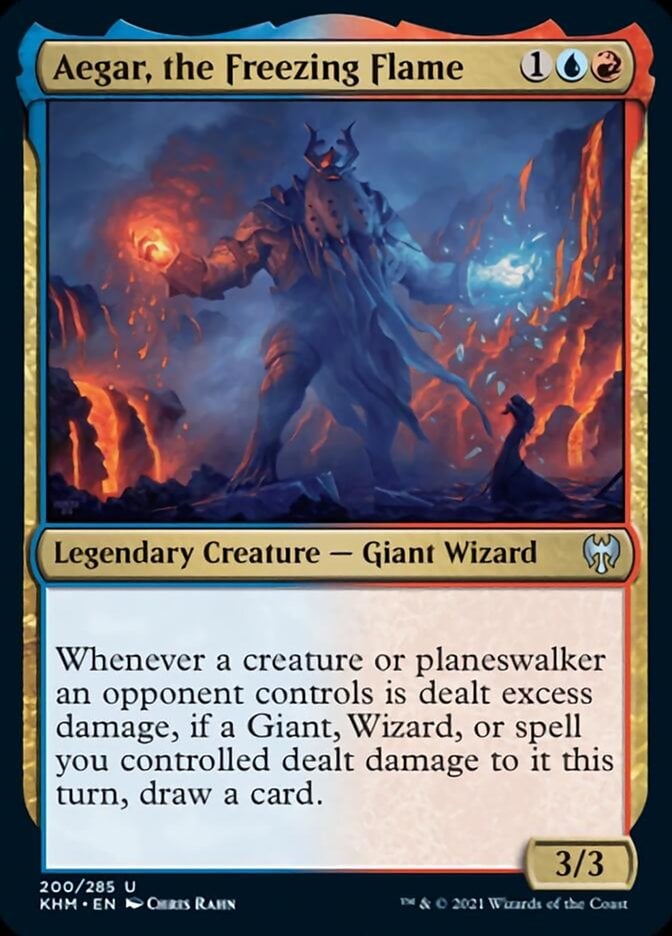
It’s not normally necessary to keep track of excess damage unless trample is involved, or if an ability like the one on Aegar, the Freezing Flame exists on the battlefield.
What if a Blocker Dies Before Combat Damage?
If a blocker is removed from the battlefield before the damage step, it won’t be there to deal or receive combat damage. That means whichever creature it was blocking won’t deal any combat damage either since it’s still considered “blocked” until the end of combat.
An attacker with trample assigns all its combat damage to the defending player if there isn’t anything blocking it by the time you get to the damage step, even if a creature blocked it in the first place.
Is Deathtouch Combat Damage?
Deathtouch changes how a creature’s damage is calculated, with any amount of damage dealt by a deathtouch-er considered lethal. In other words, a creature with deathtouch still deals combat damage like normal, but the result of that damage might be different. If even one damage was dealt, that’s considered lethal combat damage.
Does Fight Count as Combat Damage?
Despite the name of the mechanic, fight does not count as combat damage. Fight is just a shorthand way of saying “two creatures deal damage to each other equal to their power.” It sounds a lot like combat, but damage dealt by fighting is considered non-combat damage, even if it happens during combat.
Remember that combat damage only applies to the damage that attackers and blockers deal during the damage step.
Does Lifelink Only Apply to Combat Damage?
A source with lifelink causes you to gain life any time that source deals damage, whether that’s combat or non-combat damage. In other words, lifelink works inside and outside combat.
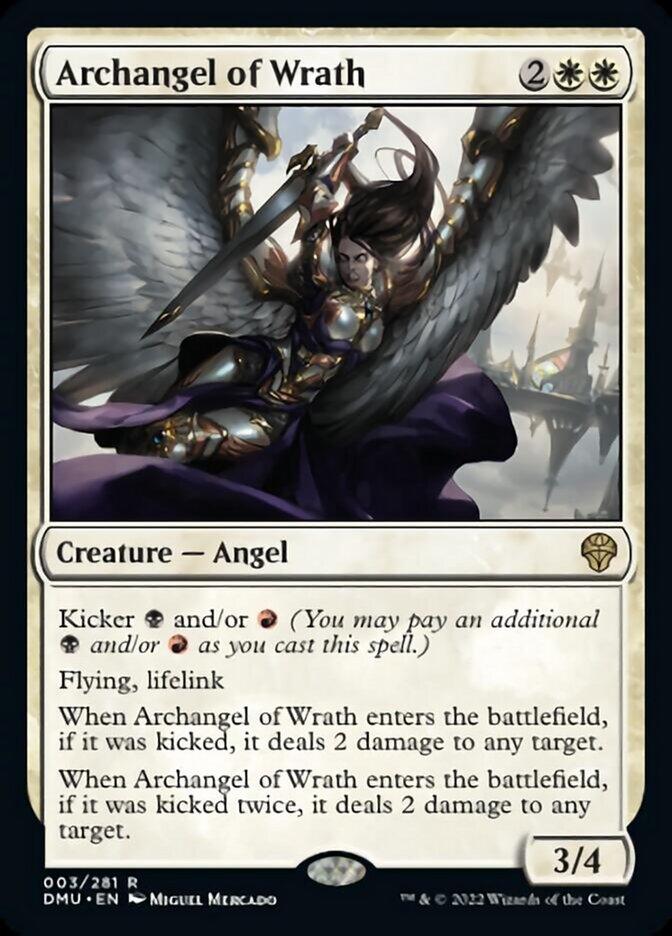
For example, Archangel of Wrath’s kicker abilities cause you to gain life when it deals damage.
Does Indestructible Prevent Combat Damage?
It’s a common misconception, but indestructible does not prevent combat damage. A creature with indestructible is still dealt damage like normal, it just won’t die because of it.
This is important if that creature loses indestructible before the end of the turn. If that happens there’s still lethal damage marked on the creature, and it dies as soon as indestructible goes away.
Is Direct Damage Combat Damage?
Direct damage is a casual way to refer to damage being dealt to a player, also known as “burn,” and it doesn’t count as combat damage. To shorthand, this, just remember that spells and abilities never deal combat damage.
Is “Destroy” Combat Damage?

An effect that destroys a permanent usually has the same result as dealing lethal combat damage, but they’re not the same thing. Creatures like Everdawn Champion still die like normal if targeted by a “destroy” effect.
Can You Sacrifice a Creature After Combat Damage?
You can only sacrifice a creature after the damage step if it’s still alive after that step. Remember that neither player gets priority during this step, so there’s no time between when damage is dealt and when creatures die from that damage for you to cast a spell or activate an ability.
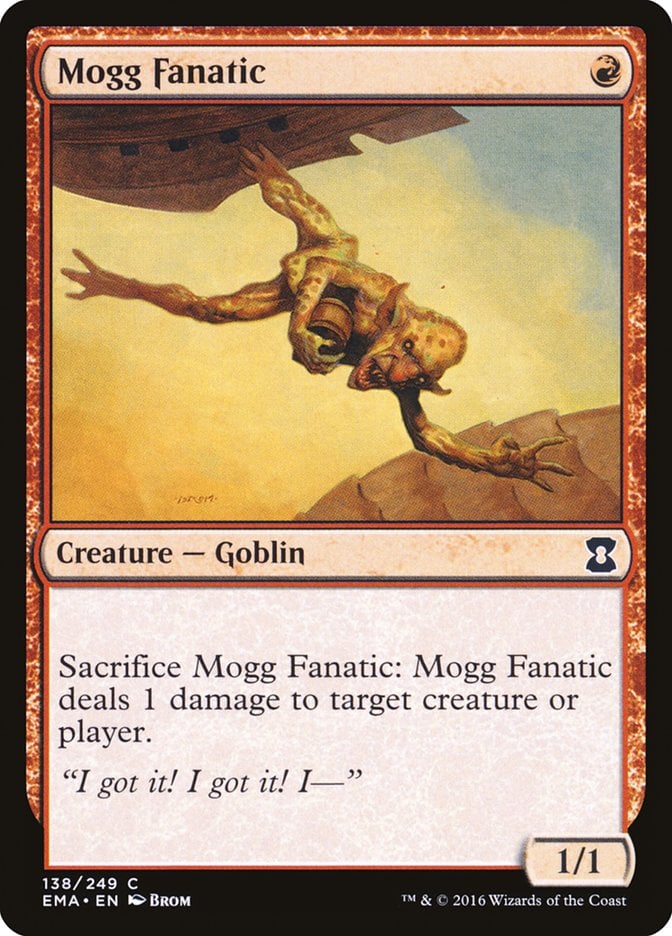
This used to play out a bit differently when damage used the stack. Back then you could put one damage on the stack with Mogg Fanatic, use its ability to deal one damage to any target, and still deal combat damage when it resolved.
There’s no damage on the stack in modern Magic, so sacrificing the Fanatic before the damage step means it would no longer be there to deal combat damage, and having it die in combat means it’s no longer there to sacrifice to its own ability.
Is Commander Damage Only Combat Damage?
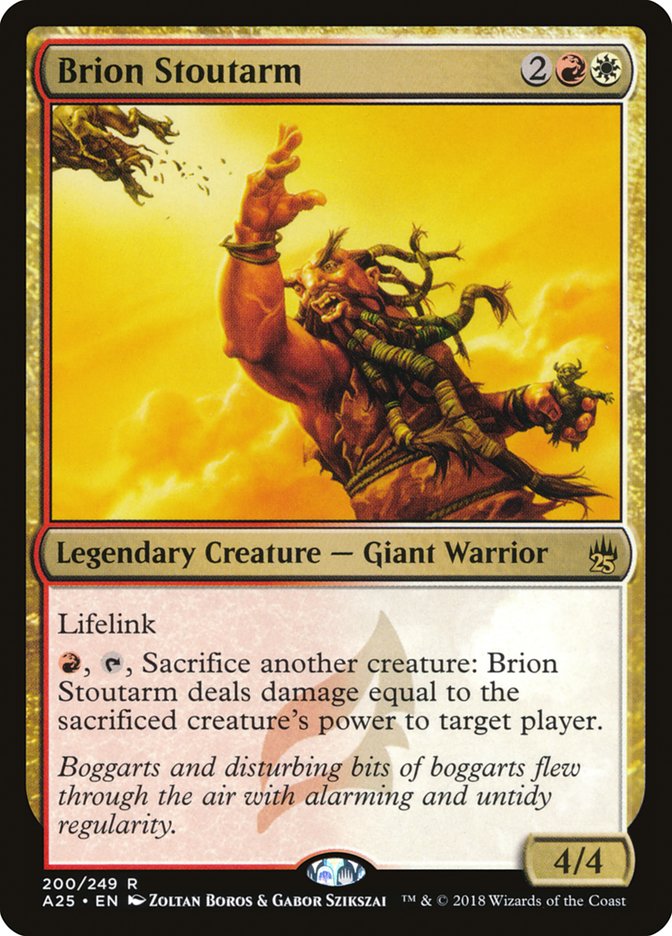
The commander damage rule only applies to combat damage. Tossing a 21-power creature at your opponent with Brion Stoutarm as your commander might hurt, but it isn’t considered an auto-loss for that player.
Enough Damage Control
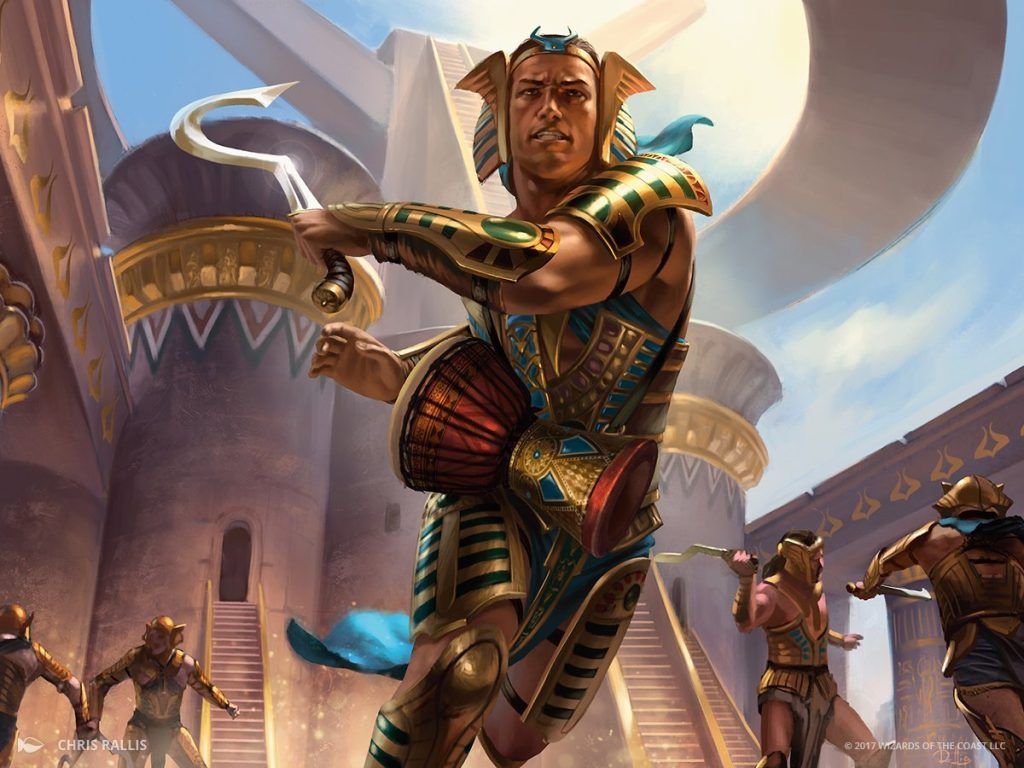
Combat Celebrant | Illustration by Chris Rallis
Mastering the combat phase in Magic is one of the hardest skills to achieve, but understanding the ins and outs of combat can help you avoid messy mistakes. Just knowing how combat damage works and when it applies to certain abilities is essential to getting the most out of your cards.
Hopefully, this guide helps clear up any confusion you might have with combat damage and the damage step. If you have any further questions, remember the golden rule: if it’s not the damage step, it’s not combat damage. Pay close attention to the individual steps of combat, time your instants just right, and set yourself up for a good attack or block.
Feel free to reach out with any further questions you might have. As always, check out the Draftsim Discord and Twitter if you want some more Magic content.
Thank you for making Draftsim your #1 stop for all things Magic!
Follow Draftsim for awesome articles and set updates: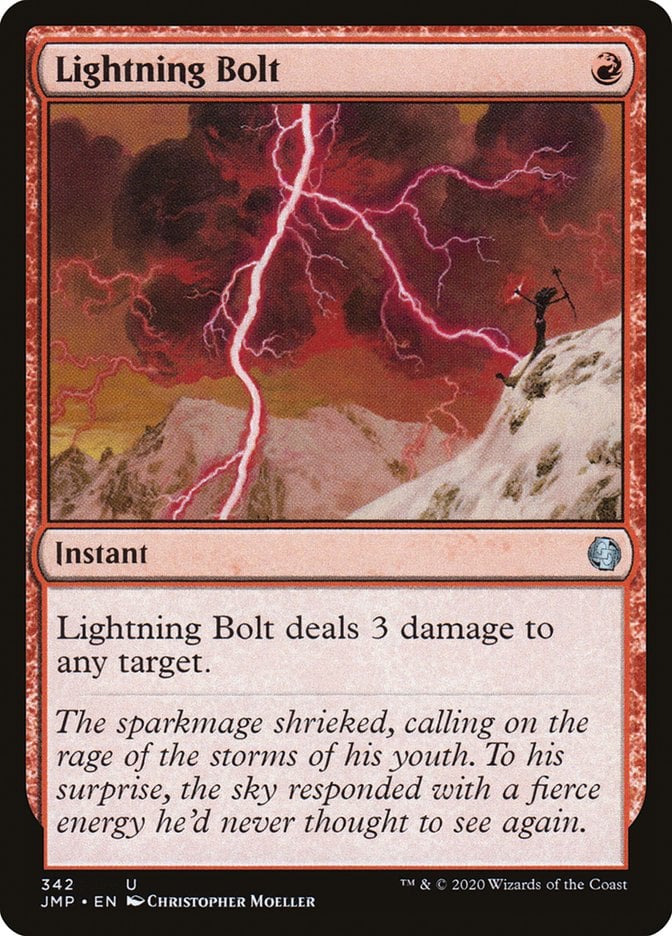

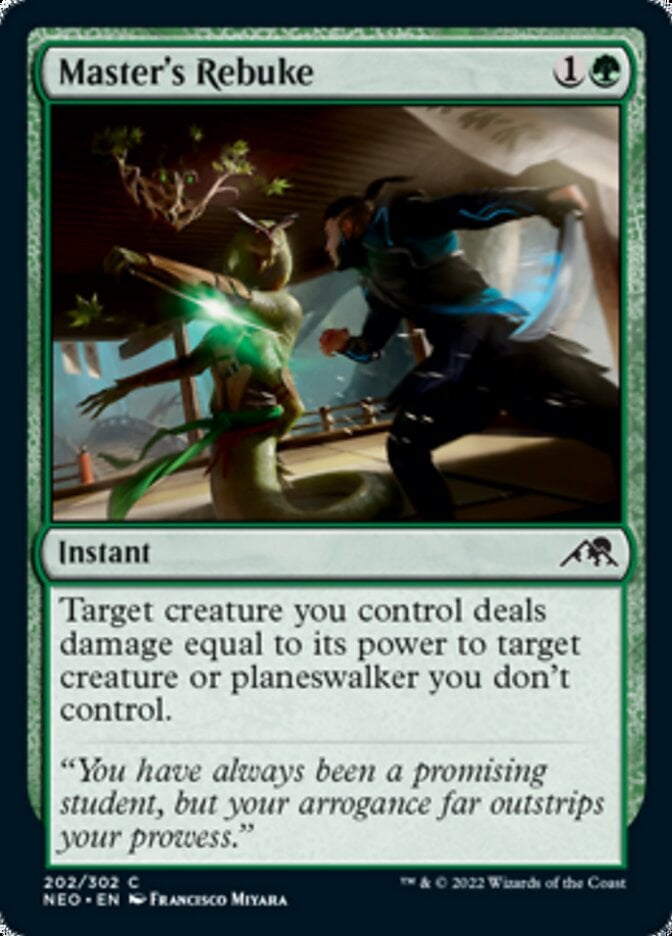
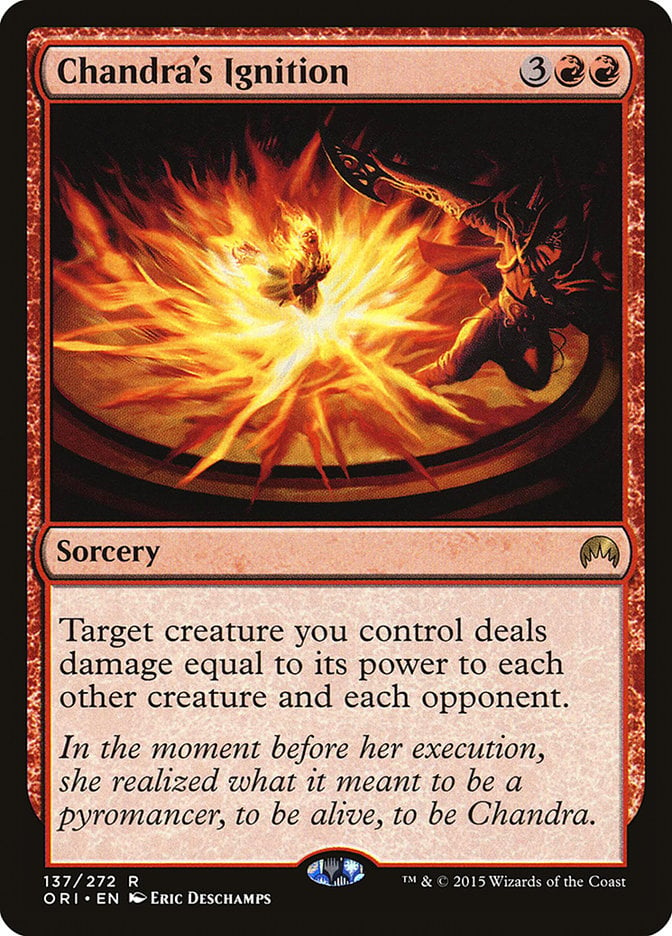


2 Comments
Thank you for the information, Timothy… maybe it would be nice to include also a brief explanation about how regeneration works when lethal combat damage is assigned to the regenerating creature. Best!
Good suggestion!
We actually have an entire article dedicated to regeneration if you want to check it out, it probably goes way more in depth than I could as a bullet point in this one!
https://draftsim.com/mtg-regeneration/
Add Comment